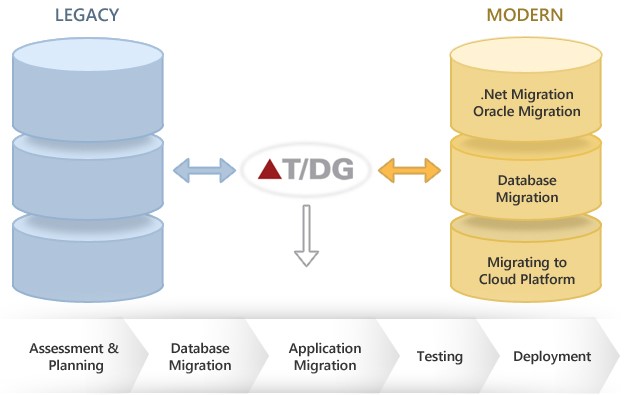What are Legacy Systems?
Legacy systems, programs or legacy software are technology or applications that were once widely used but have since been discontinued or replaced with newer programs. However, the age of the platform does not necessarily identify it as a legacy system. Legacy may also refer to the lack of vendor support or a system’s inability to meet the requirements of the business or infrastructure. For example, large mainframe databases and infrastructure may use a current 64-bit Java, while a Linux platform operating system might use code from 1980 or earlier. Legacy systems are usually incompatible with new systems; which can be difficult to improve, maintain or even support.
Who uses Legacy Systems?
Today companies still use mainframes, like IBM, because they feel they are reliable, familiar and well understood by those still working there. Legacy systems are still used by some companies because they believe a change-over may incur significant costs and potential risk of business interruption associated with the movement of data and key business processes to more advanced and contemporary technologies.
A number of companies are still heavily reliant on decades-old legacy systems. Further complicating the situation, many of these companies are built from a series of mergers and often manage a variety of incompatible legacy systems inherit from their predecessor organizations. The ability to provide timely IT solutions to an organization with an older infrastructure is next to impossible.
Why migrate from a legacy platform?
- Changing business needs – the rising need for elasticity, scalability and global access
- Difficult to make changes and more complex growth opportunities
- High costs of maintenance and routine updates to your legacy system – your newer system will save you money in the long run
- Often difficult to integrate with modern applications – you need to think of scalability and mobility of the future of your company – can your current system do these things?
- Difficulties with back up and disaster recovery – never worry about losing content again with a modern system
Older technology requires greater time and resources to match the technology of current infrastructure. This may limit a company’s ability for better decision making, developing or upgrading applications.
Older technology also presents an increase in security risks, as such platforms give hackers more time to find and manipulate weaknesses. This danger is compounded when the manufacturer no longer maintains any support for the product. For example; if you have an older version of an SQL Server, you might be at risk. Perhaps you are still using an older FTP server that’s sitting in the corner. Or you have some older network equipment and hardware.
The primary concern is that outdated hardware is listening on the network. This can be a potential threat to the server, which puts your business at risk.
The Risks Of Using Legacy Systems
Integration still poses a number of challenges. Modern computing uses the concept of sessions, communications across several different systems. Along with compatibility problems, communications involving legacy systems can consume more network bandwidth than their modern equivalents. This lessens the productivity of your network.

- Are current systems still offering anything for your business?
- How cost-effective is it to maintain these systems?
- Is there sufficient (if any) support available for these systems?
- Is it possible to integrate the technology with modern architecture?
- How accurate and up to date is the documentation for the legacy systems and will it affect output and the speed of implementation?
Businesses also need to keep in mind their future desires. As IT evolves so do the technological needs of the masses a fact that organizations cannot ignore. Legacy system integration is one way to ensure that you can keep your integral system in tact while incorporating the use of modern applications. Recent developments have made it possible for legacy migration to easily take place. This is possible through virtual migration, where old software runs on modern systems. The beauty of this new system is that it deals rather effectively with the hardware problem. Rather than re-writing the legacy software in a modern programming language, the modern hardware is adapted to the old software.
Therefore if your business is still relying on legacy systems, it might be time for an upgrade. New technology can help you beat the competition, be more efficient, save money, and improve employee retention.

